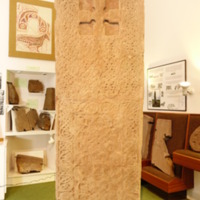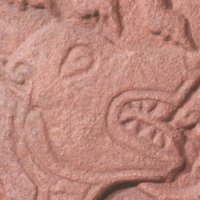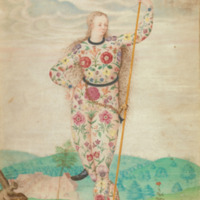Browse Items (7 total)
- Tags: Popup
Sort by:
Work
The Picts would have travelled by land and sea.
As well as being skilled stone masons the Pictish people would have had to work together building housing, growing crops, tending livestock, hunting, weaving, making tools and clothing, carving boats…
Tags: Popup
Rosemarkie Popup
The original location of the Rosemarkie Stone was most likely within a Pictish settlement or monastery, it later was used as a floor slab in Rosemarkie Church and also stood in the Churchyard, before being moved and preserved within Groam House…
Tags: Popup
Food
Archaeological excavations have shown that Pictish settlements contained sheep, cattle and pigs. They also grew crops such as barley and oats. Depictions in the stone carvings show scenes of hunting wild animals and fishing.
Tags: Popup
Language
The Picts spoke a Brittonic language, similar to Welsh or Cornish.
In the first millennium BC, the common root of the native languages spoken across the British Isles was Celtic. But these languages evolved with time. In Ireland and the far west of…
Tags: Popup
Folk Lore
David MacRitchie, a Scottish folklorist (1851-1925), argued that fairies were based on a real diminutive or pygmy-statured population that lived in Scotland during the late Stone Age:
"Postulations based on the premise that fairies constitute a folk…
Tags: Popup
Housing
Pictish buildings would appear to have varied depending on regional location and building material available.
Evidence of Pictish housing finds them to be of a reasonable size, round or oval shaped with no windows and a central hearth. Access to…
Tags: Popup
Painted Skin
It is said that the Picts got their name from the Romans, who called them Picti, which is Latin for ‘painted people’. This is thought to refer to the tales of the Picts painting and tattooing their bodies.
Tags: Popup





